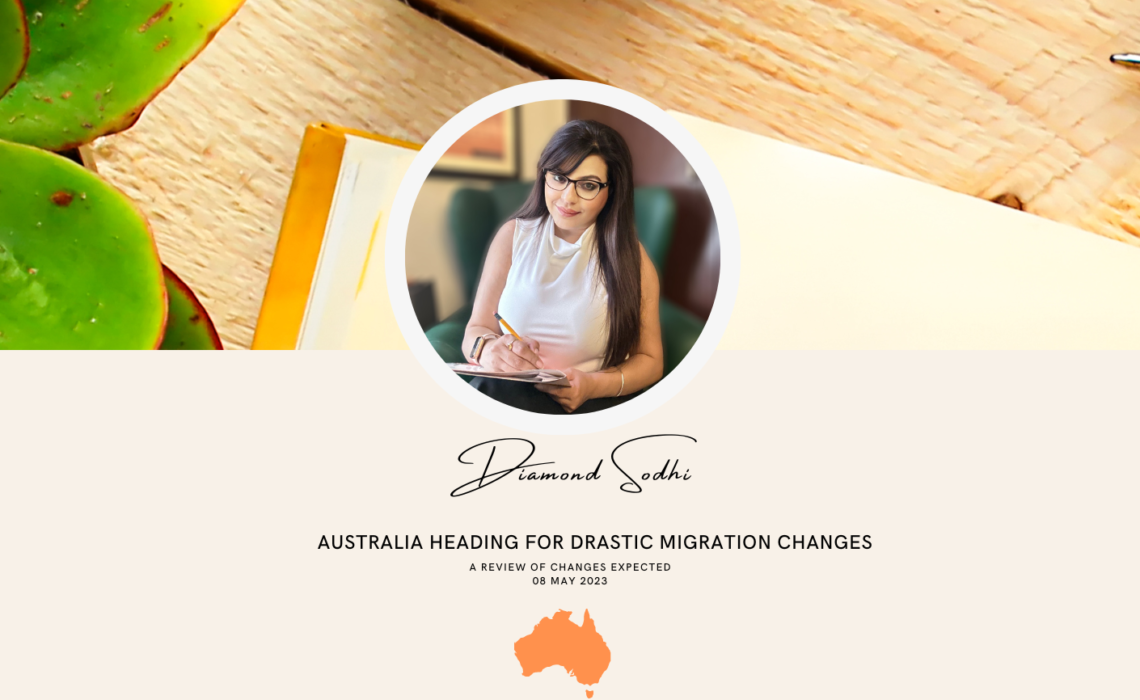
The Australian the Minister for Home Affairs a Clare O’Neil released updates on the expected changes in policies that aimed at managing the backlog and ensuring the immigration system is robust and poised for attracting the best talent across the world. A series of changes to be introduced from July 1, 2023 onwards can be summaries as follows:
- Providing greater opportunities and easier pathways for immigrants from all over the world.
- Improving the current system to address the critical skills shortage across several sectors
- The Temporary Skilled Migration Income Threshold (TSMIT) that determines the minimum market salary level under the standard Temporary Skilled Shortage (TSS) visa will increase from AUD53,900 to AUD70,000. This is the first increase in a decade. By the end of 2023, all temporary skilled workers on the TSS short term stream will also have a pathway to permanent residency.
- During May and June of this year that there will be consultation with state and territory government and key stakeholders – unions, business groups and civil society on the outline of the Migration Strategy.
- Introduction of external review processes for skills assessments that are required for temporary and permanent visas
- Simplification of the rules related to the migration program
- A better mechanism to define skills shortages, including the removal of, or broader consolidation of the current set of occupation lists. The review found the Skilled Occupations List for the selection of skilled migrants (both permanent and temporary) is not working, as it cannot keep up with rapid changes in our labour market.
- Adjusting the current point system, as the current point system appears to be a poor indicator of success in the labour market.
- Broadening the eligibility for skilled permanent residence programs, including a possible increase to age limits
- Permitting temporary workers to apply for Permanent Residence
- The new occupations will focus on three types of skilled migrants: those with in-demand skills, those with high human capital, and “exceptional cases” (such as “an older prize-winning academic”).
- No Labour market testing for employer sponsored visas
- Review of the Global Talent program criteria where the Business Investment Visa and Global Talent Visa could possibly be removed.
- Recalibrating the Point Test, perhaps taking away the leverage in terms of the points gained by the students to seek permanent residence in Australia. Also raise the bar for eligibility of students coming into Australia. from 1 July, student visa work restrictions will be re-introduced and capped at an increased rate of 48 hours per fortnight.
- A new three-tier system- Highly Skilled Workers earning High Income [lower processing time], Mid- Level Workers, Lower Wages Workers
- A reduction in the number of visa subclasses to make the migration process simplified.
- Introduction of Parent Visa Lottery Scheme to take the burden off the backlog of application.
- Introduction of a new Graduate visa to retain international students
